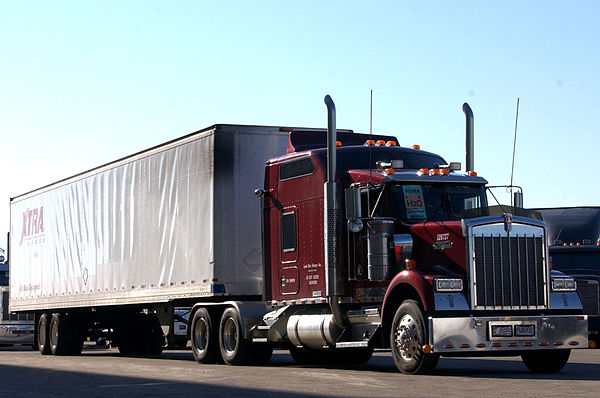The trucking industry plays a crucial role in the American economy, transporting vast quantities of raw materials, work-in-progress items, and finished goods across the country, typically moving products from manufacturing plants to retail distribution centers. In the construction industry, trucks such as dump trucks and portable concrete mixers are essential for transporting large amounts of rocks, dirt, concrete, and other building materials. In the U.S., trucks dominate land-based freight movement and are integral to manufacturing, transportation, and warehousing sectors.
A typical commercial vehicle in the U.S. is the tractor-trailer, often referred to as an “18-wheeler” or “semi.” Operating large trucks and buses requires a commercial driver’s license (CDL), which necessitates additional education and training to handle the unique knowledge requirements and operational characteristics of these large vehicles. Commercial motor vehicle (CMV) drivers must comply with hours-of-service regulations, which dictate the driving hours permitted. Drivers must be at least 21 years old to drive interstate, although there are ongoing efforts to lower this age requirement to 18. The Federal Motor Carrier Safety Administration (FMCSA), a division of the United States Department of Transportation (USDOT), oversees all safety regulations for interstate commercial driving. The USDOT, through its various branches including the Federal Highway Administration (FHWA), regulates all transportation-related industries such as trucking, shipping, railroads, and airlines.
Technological advancements, including computers, satellite communication, and the Internet, have significantly improved the trucking industry. These innovations have enhanced operational productivity, saved drivers’ time and effort, and provided new, more accessible forms of entertainment for those who often spend extended periods away from home. In 2006, the United States Environmental Protection Agency implemented stricter emission standards for diesel trucks, reducing airborne pollutants and promising to improve air quality and public health.
